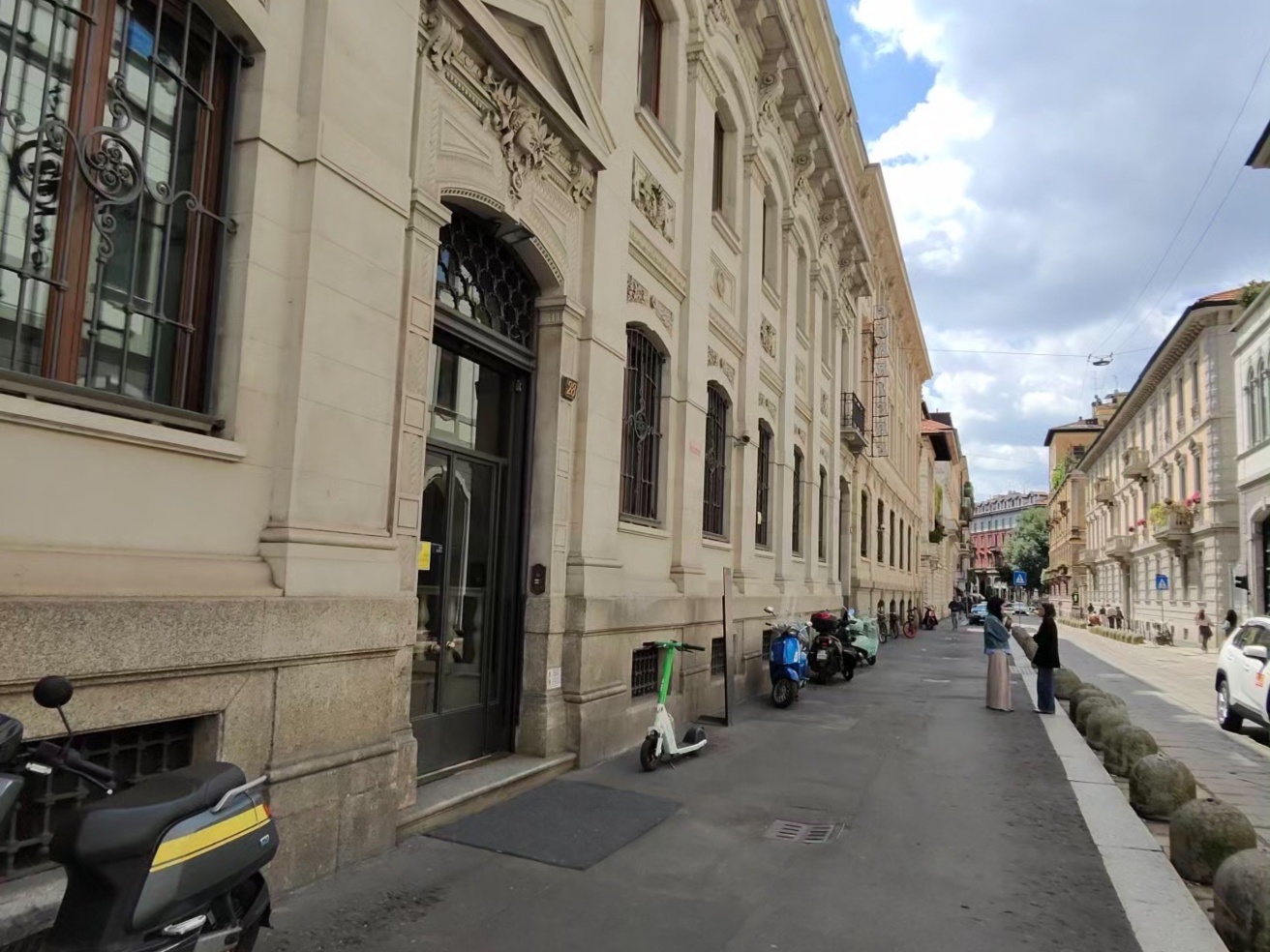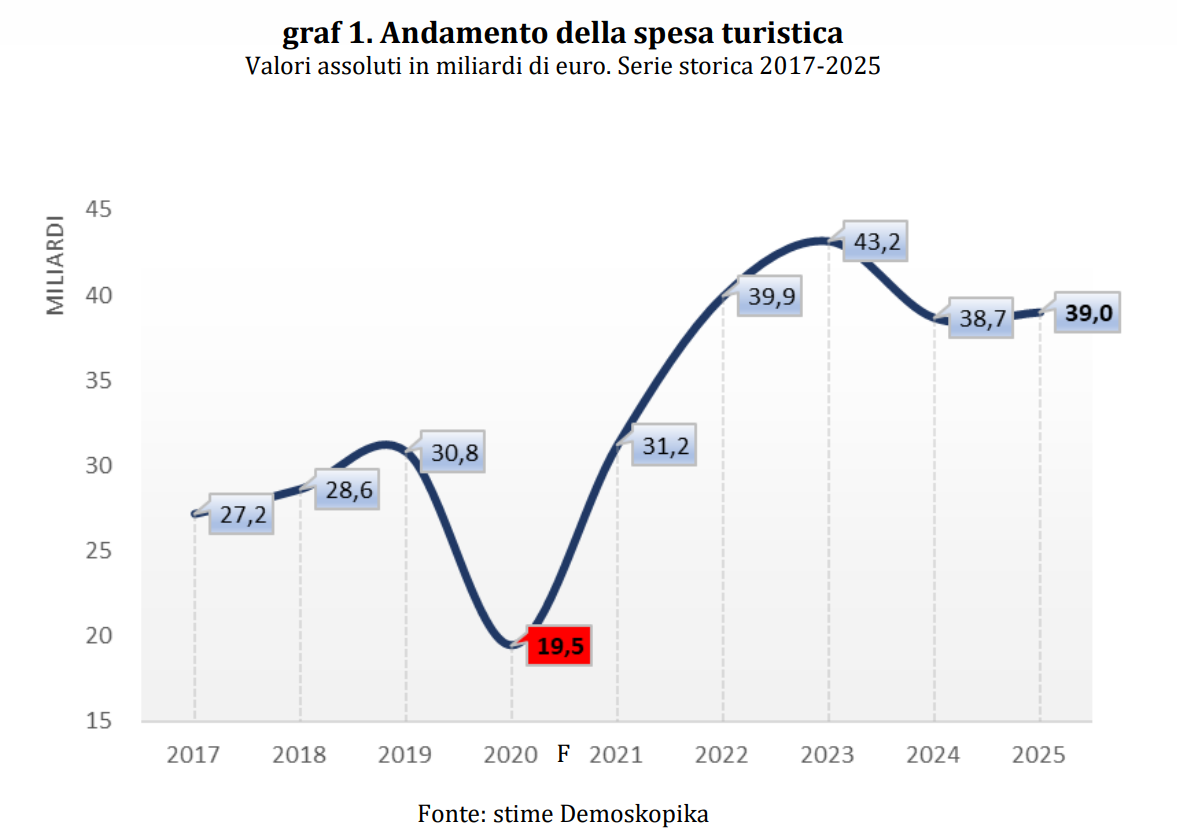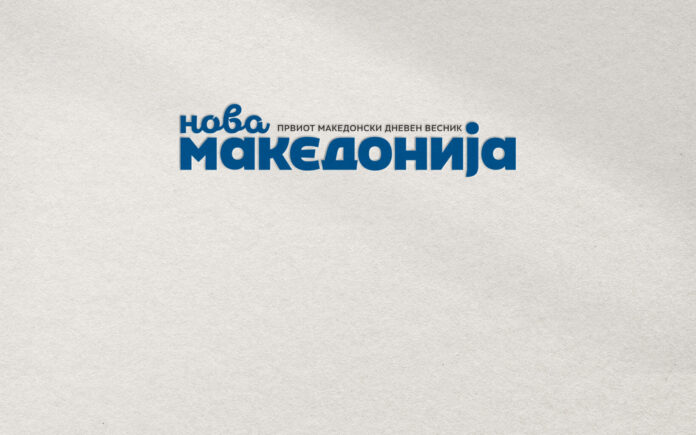Train-aircraft duel, who wins? The comparison of the sections between Milan, Rome and Naples

Times, rates, accessibility of stations and airports, pollution: the challenge between earth and sky is played on these factors. The travel options compared also taking into account the holidays periods
The solidity of the iron and the impalpability of the air. A network of « rigid » tracks as opposed to a tire of « soft » routes. The price race for prices and the duel of the distances of stations and airports from urban centers. Last but not least, the interchange nodes. In the Challenge between high speed rail and flights Different elements come into play.
The first « very direct »
The inauguration of the first trunk of the line is from 1977 « Direct » Between Milan and Rome. Today the fastest movement lasts three hours, about half of the time that was necessary to grind the same kilometers in a carriage 50 years ago. If it is true that from the debut of the Frecciarossa and subsequently of the Italo the internal air traffic has lost sensitive market shares and therefore, in an imaginary game, the global victory of the connections between large Italian cities goes to the railway, the flight option in some cases is more advantageous. And therefore irreplaceable, despite the fierce competition of the locomotive. To decide who triumphs, as always, the traveler, on the basis of the reason that pushes him to move.
Field analysis
The Courier has decided to compare on three sections, the Milan-Rome, Milan-Naples and Milan-Baritimes and rates of high -speed rail transport and air. The data are taken from the official website of Trenitalia (but a further comparison is possible with the NTV service, new traveler transport, private operator) and by one of the most common platforms to evaluate the prices of air tickets. For the detection, a trip-surrender trip was assumed to the mid-February last, booked with a handful days in advance. The departure was selected on Friday afternoon and the return to Monday morning. A second detection was made by choosing instead a holiday period, and the choice fell on the Easter weekend, with a booking made with a two -month advance. In all cases the lowest offer was sought.
To move between Milan and the capital, starting Friday 14 February and returning Monday 17it turned out economically The train more advantageouswhich allows you to save about 30 euros. The bonus felt at 10 euros instead for Easter. As for the duration of the shift, considering the plane only the journey was faster (an hour and a half against three). But at the time in flight, the one for boarding and landing procedures must be added, which greatly extend the overall duration of the trip.
Also to reach Naples Without booking the train larger is cheaper. The speech changes with Easter: here to fly from Malpensa to Capodichino and 204 euros are enough, a figure not far from that to buy railway tickets. On this route the time factor plays an important role. At best, 4 and a half hours are needed via railway, against the low hour and a half of the direct flight.
Reverse speech for the Milan-Bariwhere you spend a little less for a flight last minute While to travel on Easter weekend it has to pay 260 euros, a figure to which the railway ticket is approaching. Even more important in this case the distance factor and therefore time: seven hours by train, just over one and a half flying.
The competition
In fact, the national scenario has changed the point of view of experts on the challenge between earth and sky. «When high speed was launched, it was thought that the range of competitiveness by plane concerned connections on distances between 400 and 700 kilometers – he explains Pierluigi Coppolafull professor of transport planning at the Polytechnic of Milan -. The Italian case instead shows that High speed rail can also be competitive below this mileage». The launch of the fast trains between Milan and Rome caused a large modal shift and gradually more and more travelers preferred rails to the airport. « A fundamental element of the comparison – continues the teacher – is the accessibility of the station which, unlike the airport, is often close to the city center. The planes are penalized by the long times before the boarding, sometimes higher than the duration of the flight itself ». The large railway offer means that the rates are more flexible. Offer to which two operators contribute, among other things. The consequences? More connections and better services for passengers. Even the conformation of the peninsula, with a provision of the track of tracks along the boot and not « star » as happens for example in France, contributed to the success of high speed on the middle distances, for example between Milan and Florence or Bologna.
On the other hand, in recent years it is Reduced the number of connections via the sky. Which, however, are not destined to disappear. « They continue to be useful for long -haul movements, » recalls Coppola. From Naples to Milan, for example, making a stop towards a foreign destination. High speed, on the other hand, still has development margins. In particular, along the Adriatic director and in the south of the country.
Last, but not less important, the impact on the environment. Moving on rails pollutes less than getting on board a aircraft. The European Union knows it well, which encourages the development of the railway network where necessary, rather than the aerial sections.







/s3/static.nrc.nl/images/gn4/stripped/data132344549-11e7fb.jpg|https://images.nrc.nl/UYvFpqcwpMIQaGx9gZfuIuEmCWQ=/1920x/filters:no_upscale()/s3/static.nrc.nl/images/gn4/stripped/data132344549-11e7fb.jpg|https://images.nrc.nl/sR6aX7H9TvDAyPyxliNKPa8Xynw=/5760x/filters:no_upscale()/s3/static.nrc.nl/images/gn4/stripped/data132344549-11e7fb.jpg)
